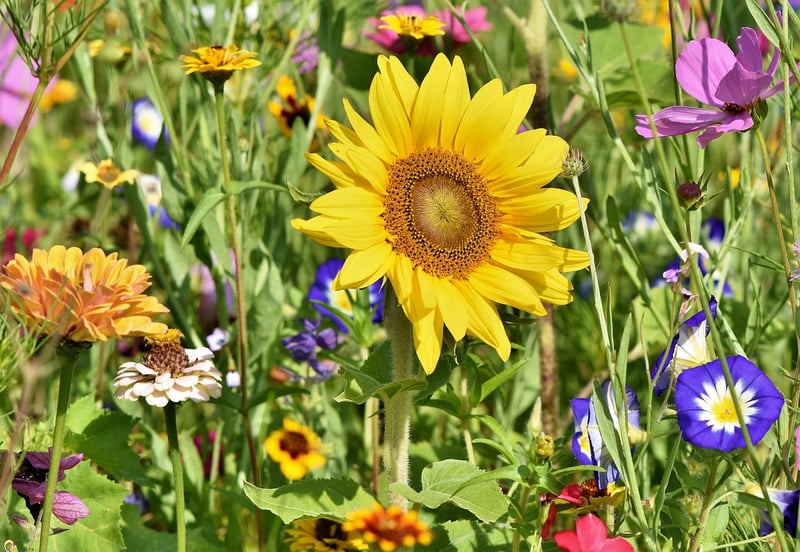Companion Planting
Protecting Your Urban Garden + Companion Planting

Introduction
Welcome to your urban oasis! Urban gardening is a rewarding way to connect with nature, even in the midst of city life. However, maintaining a thriving garden in an urban environment comes with its own set of challenges. In this article, we will explore how to protect your urban garden and the concept of companion planting to maximize your garden's potential.
Protecting Your Urban Garden
Urban gardens are often exposed to various risks such as pollution, pests, and limited space. Here are some tips to protect your urban garden:
1. Vertical Gardening
Utilize vertical space by growing plants upwards on walls or trellises. This not only saves space but also reduces the risk of pests and diseases.
2. Container Gardening
Grow plants in containers to easily move them around and protect them from urban pollutants or extreme weather conditions.
3. Mulching
Apply mulch around plants to retain moisture, suppress weeds, and protect the soil from erosion in urban environments.
Companion Planting
Companion planting involves grouping plants together to benefit each other in various ways, such as pest control, pollination, and improved growth. Here are some common companion planting combinations:
1. Tomatoes and Basil
Planting basil near tomatoes can improve the flavor of tomatoes and repel pests that affect tomato plants.
2. Cucumbers and Radishes
Radishes act as a natural pest deterrent for cucumber plants while also breaking up the soil for better aeration.
3. Marigolds and Vegetables
Marigolds are known to repel pests such as nematodes, making them ideal companions for a variety of vegetables.
Conclusion
By implementing protective measures and practicing companion planting, you can create a thriving urban garden that not only looks beautiful but also fosters a healthy and productive ecosystem. Get your hands dirty, experiment with different plant combinations, and watch your urban garden flourish!
